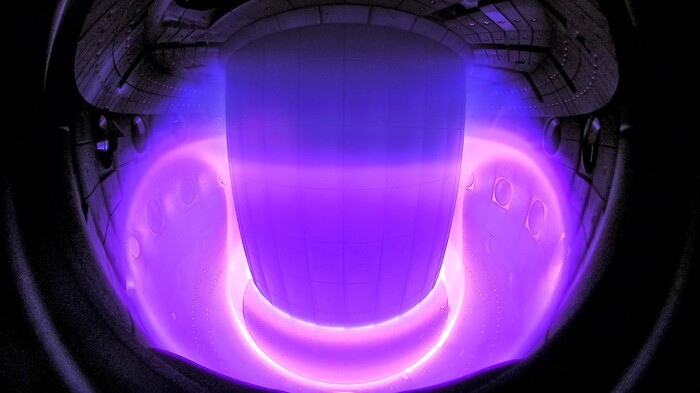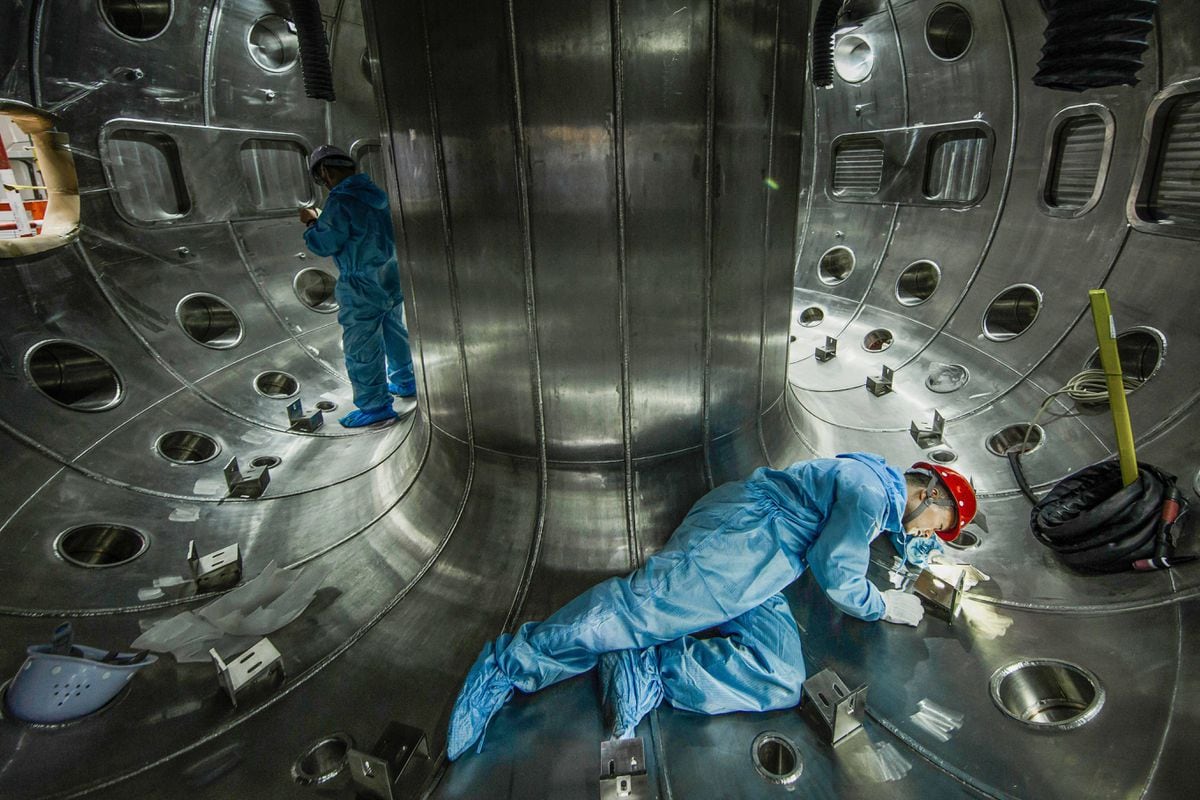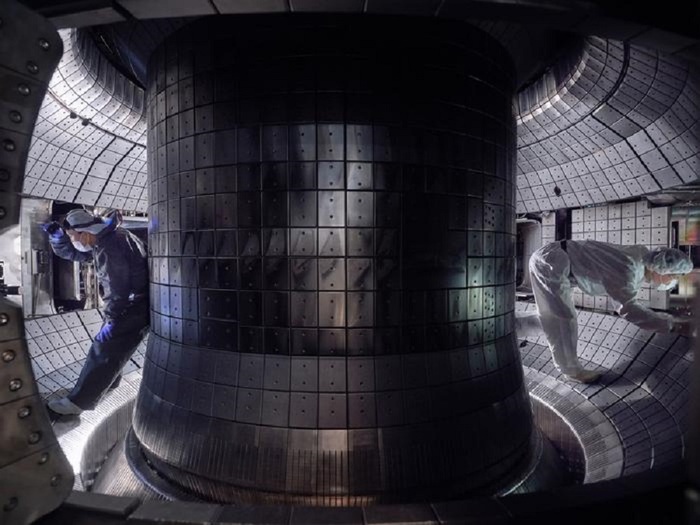Google's artificial intelligence has learned to control the plasma inside a nuclear fusion reactor, which is the very hot and rarefied gas of ions and electrons that is confined by a magnetic field inside the donut-shaped vessel called tokamak.
The result, which opens up new scenarios for the exploitation of this future source of clean energy, is published in Nature by the Federal Institute of Technology Lausanne (Epfl) in collaboration with the British company DeepMind from Google.
One of the greatest difficulties in carrying out nuclear fusion is the need to confine the plasma in the tokamak, preventing it from coming into contact with its walls and deteriorating.
To prevent this inconvenience, the researchers of the Swiss Plasma Center of EPFL (one of the few centers in the world to have a tokamak in operation) are used to experimenting the configurations of the control systems on a simulator, developed in over 20 years of research and updated. continuously.
"Despite this - explains Federico Felici, SPC researcher and co-author of the study - very long calculations are still needed to determine the right value of each variable in the control system. This is where our research project came into play. joint with DeepMind ".
Together with Google experts, the researchers developed an algorithm that can control magnetic coils to produce and maintain a variety of plasma configurations.
The system was also tested directly on the SPC tokamak to evaluate its performance in the real world.
The algorithm controlled the magnetic fields to create not only conventional (elongated) plasma shapes, but also those that look like triangles and snowflakes.
He was also able to simultaneously keep two separate plasmas in suspension.
According to the authors of the study, this new approach could help improve the design and management of future fusion reactors, maximizing their performance.








/cloudfront-eu-central-1.images.arcpublishing.com/prisa/XMI5DEX3DJDINGEKDTN43BWB5E.jpg)






